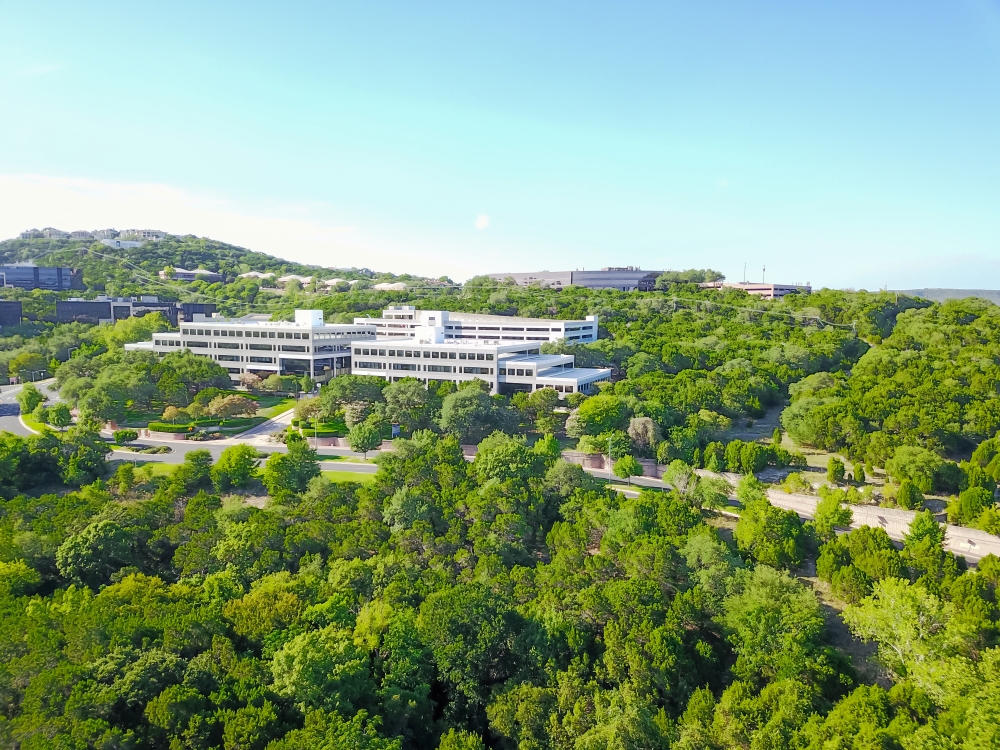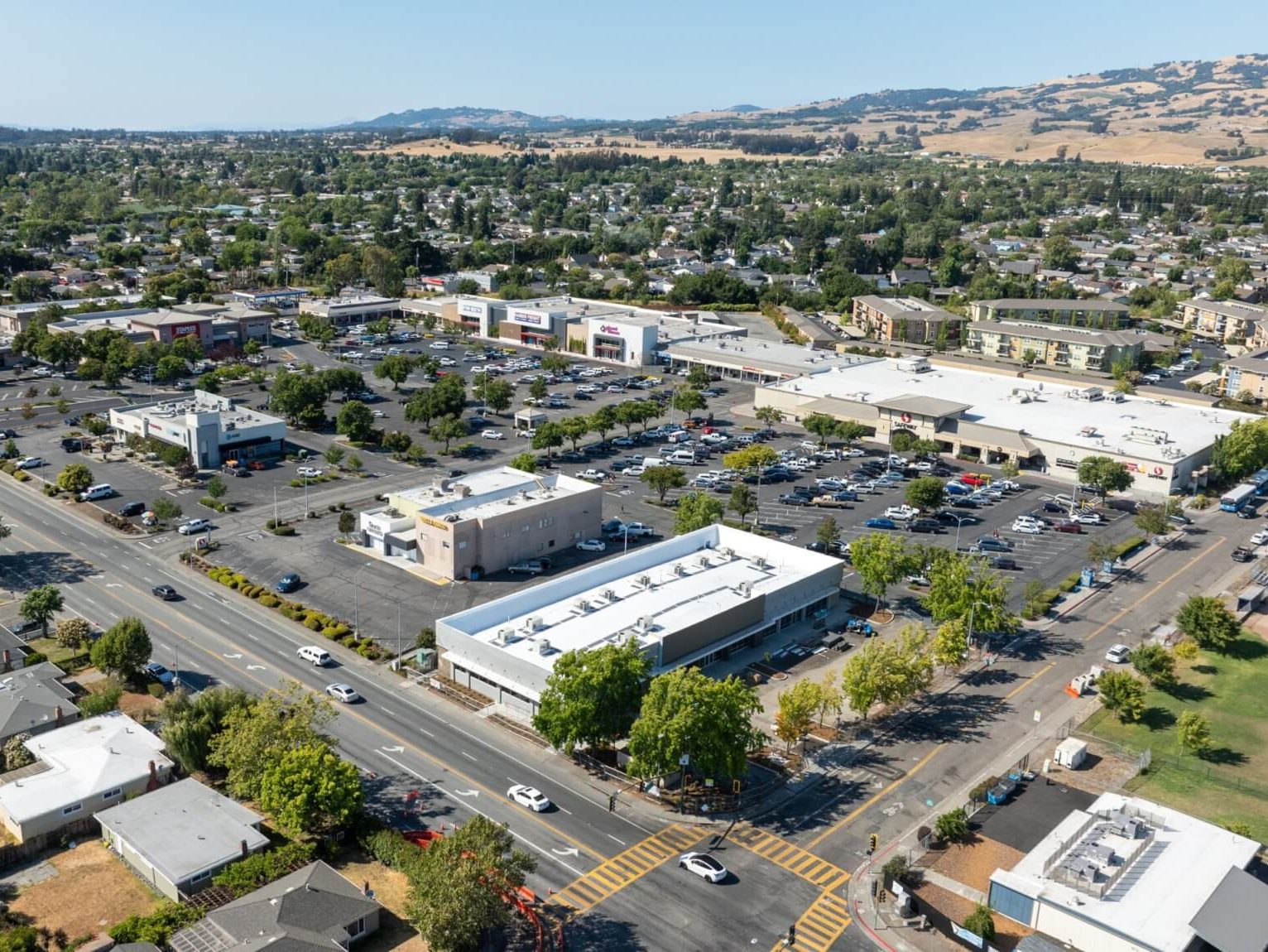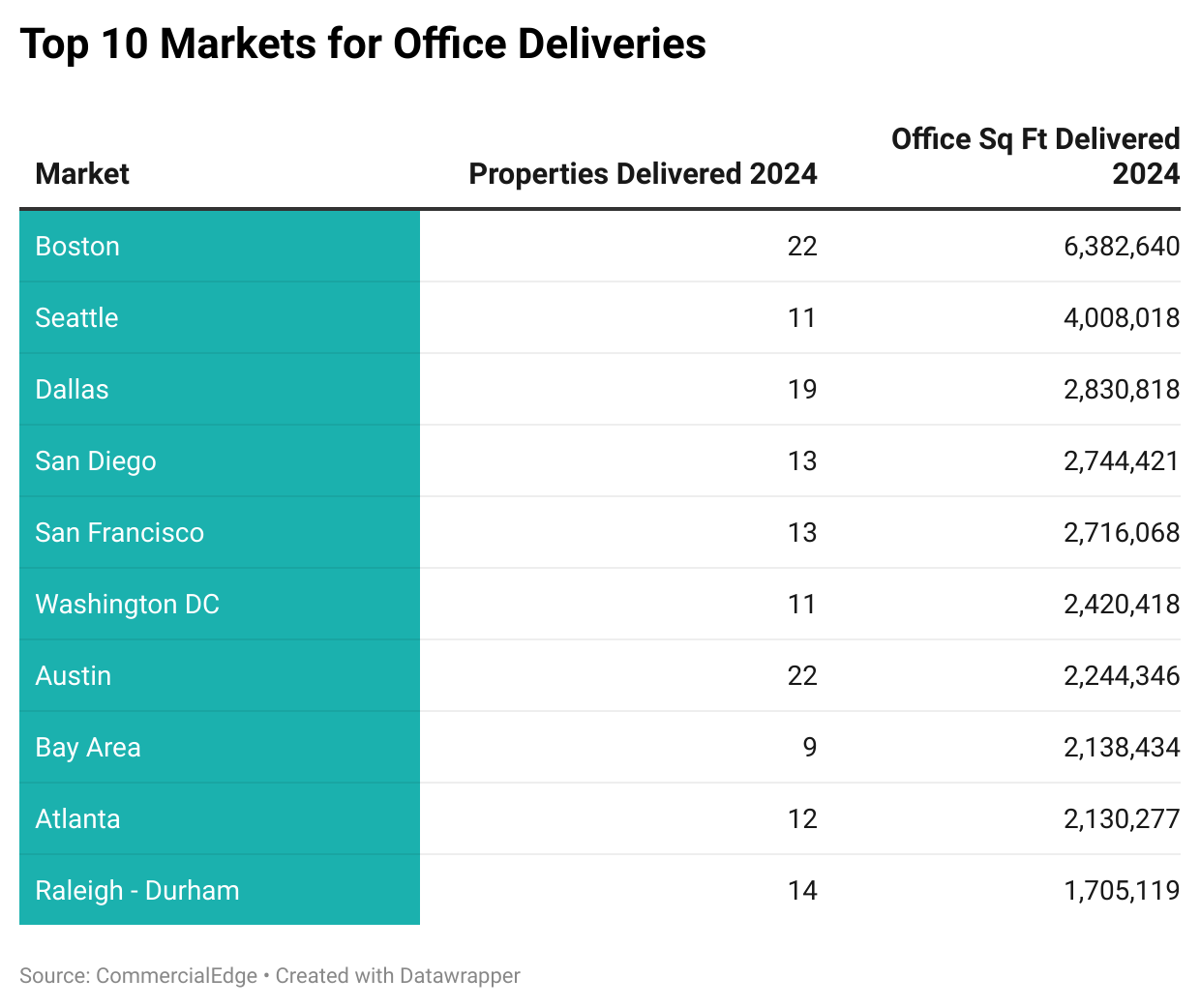Designing Usable Spaces
CPE interviews Richard Fawell, principal, Wright Heerema Architects.
By Leah Etling
 After working for the last six years in China, noted architect Rick Fawell has returned to the United States and joined Wright Heerema Architects of Chicago as a principal.
After working for the last six years in China, noted architect Rick Fawell has returned to the United States and joined Wright Heerema Architects of Chicago as a principal.
Fawell had spent the last 21 years at VOA, and spearheaded the firm’s expansion in Beijing and Shanghai. He spent six years living in China until a shift in the political climate prompted a return stateside.
“Everything changed in China with the new President (Xi Jin Ping) and Premier (Li Keqiang), and a lot of work stopped. The whole atmosphere around being an American in China wasn’t quite as comfortable as it had been,” Fawell explained.
He is highly regarded for his work on the redevelopment of Navy Pier and the Chicago Shakespeare Theatre and Skyline Stage, as well as numerous Chicago hotels and Midwest academic campus projects. At Wright Heerema, Fawell is focusing on hospitality, residential and mixed-use masterplanning projects.
CPE talked with Fawell about some of his most famous projects and about designing for livable usability.
CPE: What lessons did you bring back from China?
Fawell: It was great, from a design standpoint. The Chinese clients are unfettered by traditional business practices in the space, and were pushing the envelope for creativity. They wanted to create something unique with every project. In the U.S., I think sometimes we are too concerned about pro formas and market analysis, and it gets in the way of the creative process. I got to do a lot of projects that I probably wouldn’t have had the chance to do here in the States. Their perspective meant we had a chance to work very creatively.
CPE: What are you working on now?
Fawell: Over the years I have done quite a bit of hospitality and multifamily residential work, and right how those two market sectors are very strong, so that’s primarily what I am working on. Hotels on the drawing board include a resort in Vail and a HYATT house in Milwaukee. There is also a master planned, mixed-use office and residential project outside Chicago at O’Hare in Des Plaines and a large luxury residential project that will be LEED certified and incorporate renewable energy solar photovoltaic panels.
CPE: You’ve been recognized for the livable usability of your projects. What does that term mean to you?
Fawell: I think livable usability is not just about functional space, but also about comfort. There are many times when people will see new architectural design projects that are lauded heavily in publications, and then they visit, they are disappointed. That is usually because designers are designing for themselves and not for the general public. I think livable usability is the thing you think about, especially in your home. You want it to be functional and comfortable.
CPE: What does that look like in your own home?
Fawell: In my own home and personal space, I’m not even close to the king. My wife makes the decisions.
CPE: What has been your favorite project?
Fawell: From the standpoint of a project that has been enjoyed by many people, Navy Pier.
Then as the cherry on top, the Shakespeare Theatre at Navy Pier was probably one of my more interesting and very rewarding projects, because of the educational value behind what Shakespeare does. Criss Henderson and Barbara Gaines have been phenomenal civic partners in Chicago. They have a great educational program for schoolchildren that brings everyone into the theatre at a young age and teaches them about Shakespeare. They have been hugely successful at that location with the theatre, so that feels pretty good.
CPE: How do you make a theatre space achieve livable usability?
Fawell: Theatre is a great example of that term. A theatre functions best when you don’t notice anything about the back of the house. But much like restaurants or many buildings–the back of house is probably the most important place in the building. You get the back of house right, and you will have a good theatre. You get the back of house wrong and the theatre will be a disaster. For the Shakespeare Theatre, we put a lot of work into isolating sound and vibration so that the audience experience would be immersive and not interrupted.
CPE: With a project as significant as Navy Pier, how did you approach conceptualizing how that space would best be reimagined?
Fawell: If you are designing for a very broad population, in a context like the waterfront of Chicago, you really need to understand the activities that are going to take place.
From the beginning, we always had this concept of “it’s a poor man’s boat,” meaning that you don’t need to own a boat if you can just take a walk onto Navy Pier. You get great views back to the city and cool breezes on a hot muggy summer day. We were designing as a background to those activities, just as you design theatre sets as the background to the play itself.







You must be logged in to post a comment.